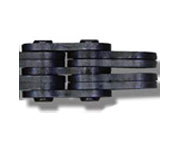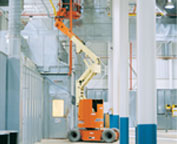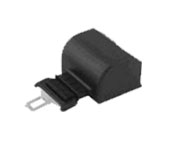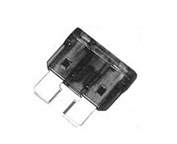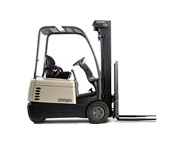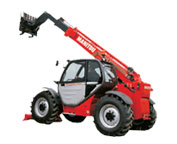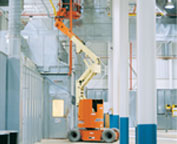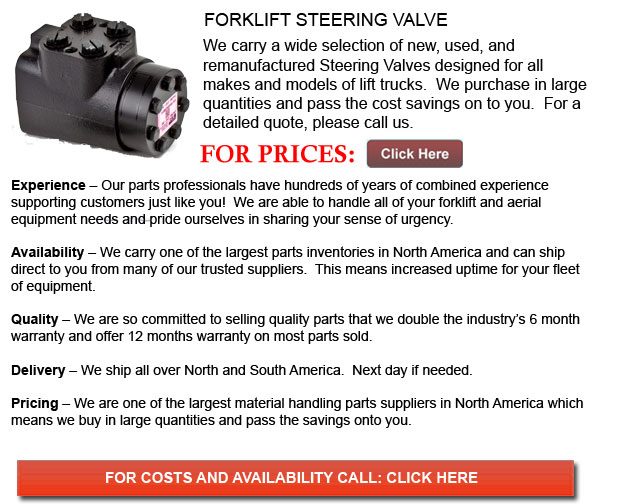Steering Valves for Forklift

Forklift Steering Valve - Valves aid to regulate the flow of a fluids like for example slurries, fluidized gases or regular gases, liquids by partially obstructing, opening or even by closing some passageways. Standard valves are pipe fittings but are discussed as a separate category. In cases where an open valve is concerned, fluid flows in a direction from higher to lower pressure.
Valves are utilized in many applications such as commercial, military, industrial, residential and transport trades. Some of the main trades which rely on valves include the water reticulation, sewerage, oil and gas sector, mining, chemical manufacturing and power generation.
In day to day activities, the most common valves are plumbing valves as seen since it taps for tap water. Other popular examples consist of small valves fitted to washing machines and dishwashers, gas control valves on cookers, valves inside car engines and safety devices fitted to hot water systems. In nature, veins within the human body act as valves and control the blood flow. Heart valves also control the flow of blood in the chambers of the heart and maintain the proper pumping action.
Valves can be worked in a variety of ways. For instance, they could be operated either by a lever, a handle or a pedal. Valves could be driven by changes in temperature, pressure or flow or they can be automatic. These changes may act upon a diaphragm or a piston which in turn activates the valve. Several popular examples of this particular kind of valve are found on boilers or safety valves fitted to hot water systems.
Valves are used in many complicated control systems which may require an automatic control which is based on external input. Regulating the flow through the pipe to a changing set point is an example. These circumstances normally require an actuator. An actuator would stroke the valve depending on its input and set-up, allowing the valve to be positioned precisely while enabling control over various requirements.
 Click to Download the pdf
Click to Download the pdf
Forklift Parts
Chain for Forklift
Forklift Chain - The life of lift chains on forklifts could be lengthened completely with proper care and maintenance. For example, correct lubrication is actually the most effectual method to prolong the service capability of this particular part. It is really vital to apply oil occasionally with a brush or other lube application device. The frequency and volume of oil...
More
Cushion Tire Forklift Part
Cushion Tire Forklift Parts - Cushion tires are a solid tire with a smooth profile. Its' tread is attached to a steel ring to be able to form the tire, and the tire is pressed onto a hub which is attached to the forklift. These types of tires are ideal to utilize in smooth floor warehouses and are accessible in...
More
Seat Belt for Forklifts
Forklift Seat Belts - Explained in the Regulation guidelines are the use of seatbelts and operator restraints on forklifts. It says that the liability falls on the employers' to make certain that each machinery, piece of equipment and tool is utilized rightly utilized according to the directions of the maker.
Rough Terrain lift trucks ought to meet the guidelines of...
More
Independent Fork Positioner
Independent Fork Positioners - A fork positioner is a tool made out of top quality materials meant to endure the most demanding procedures and work environments. This particular piece of equipment enables drivers to be able to maneuver the forks hydraulically without leaving the seat. Side shifting units have the extra ability to laterally position the entire load or the...
More
Forklift Fuses
Forklift Fuse - A fuse comprises either a wire fuse element or a metal strip within a small cross-section which are connected to circuit conductors. These units are typically mounted between a pair of electrical terminals and quite often the fuse is cased inside a non-conducting and non-combustible housing. The fuse is arranged in series capable of carrying all the...
More
Crown Forklift Part
Crown Forklift Parts - The Crown company was founded in 1945 by two brothers, Allen A. Dicke and the late Carl H. Dicke. Carl's son and Chairman Emeritus, James F. Dicke, joined the family business later that same year. Currently, his son, James F. Dicke II, is Chairman and CEO. James F. Dicke III, serves as the company Head at...
More
Manitou Forklift Parts
Manitou Forklift Parts - The well established company, Manitou, specializes in the production of forklifts, skid steer loaders, telehandlers and various kinds of heavy duty equipment. The many various models existing are utilized for specific companies in order to meet all of the needs of agricultural, mining and industrial sectors. As the requirements of these trades continue to evolve, the...
More
Electric Boom Lift Attachments
Electric Boom Lift Attachments - The most common description applied for electric lift trucks are the type "E" meaning the forklifts meets the minimum requirements for electrical hazards and fire. The lift trucks which are labeled type E are not suitable for use in hazardous sites. Type "ES" forklifts meet all the standards of Type "E" forklifts and have additional...
More


![]() Click to Download the pdf
Click to Download the pdf
